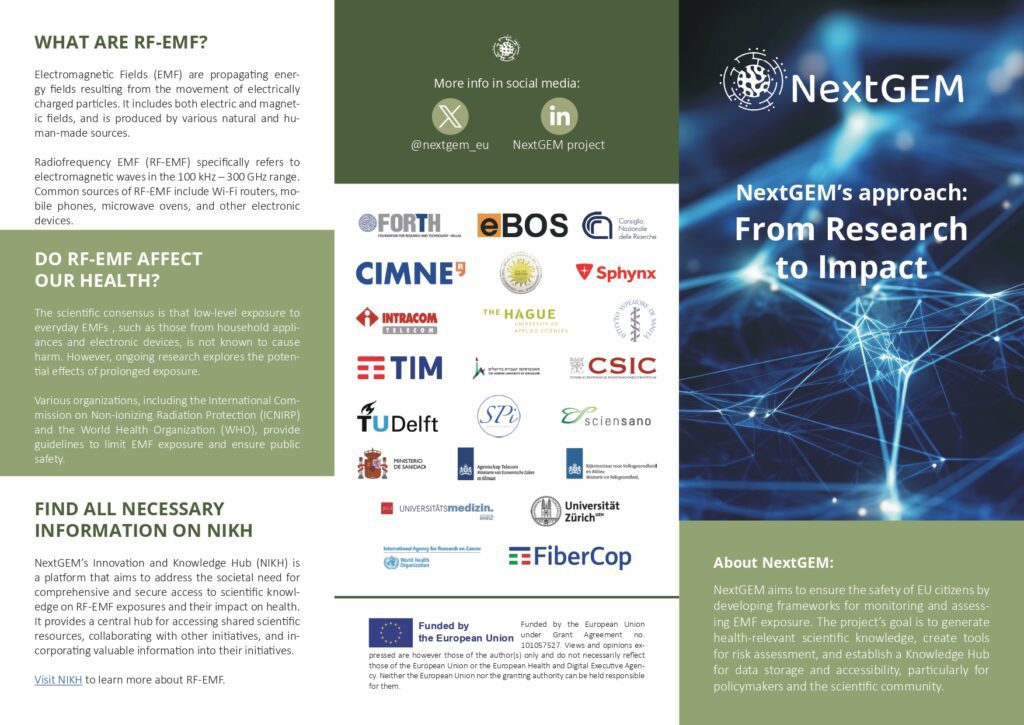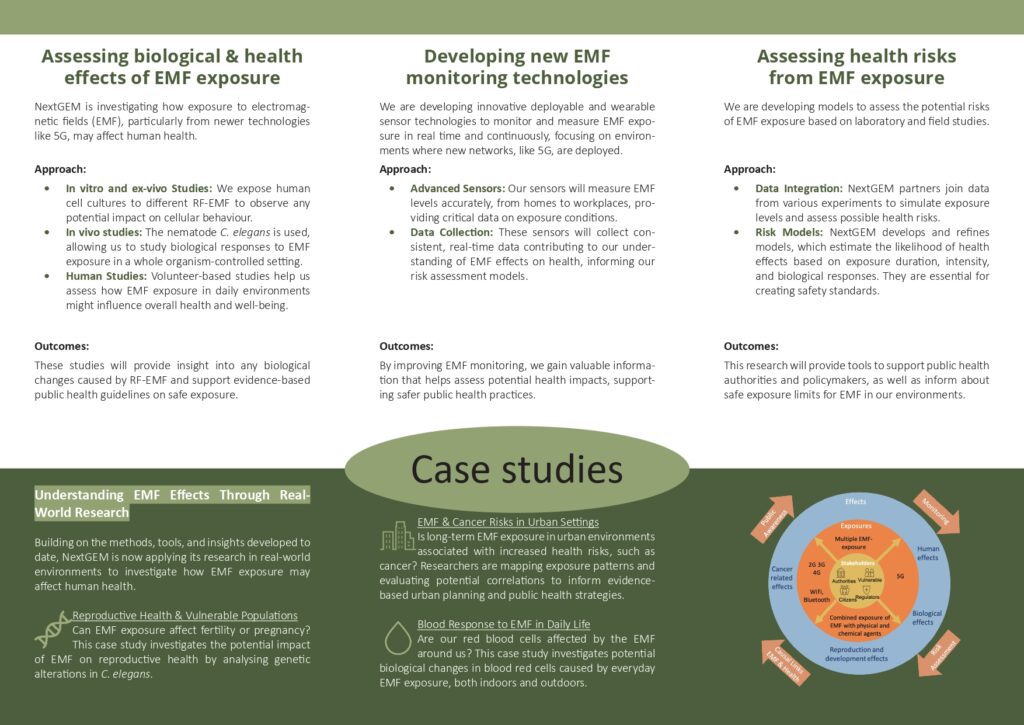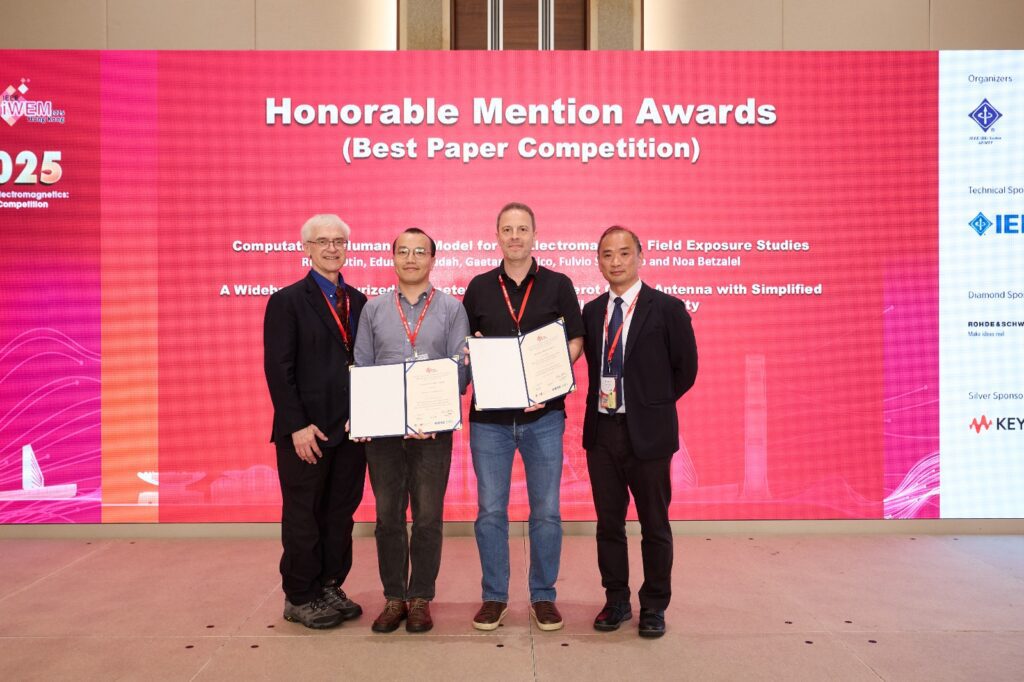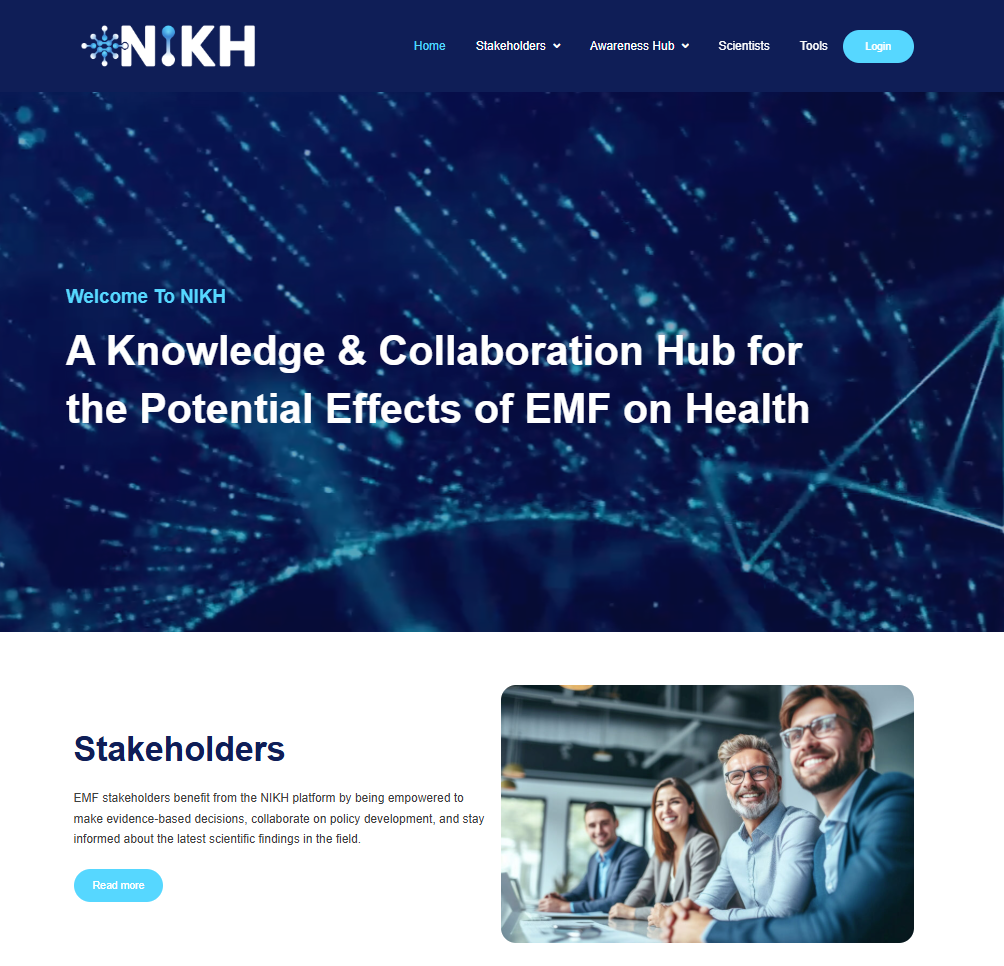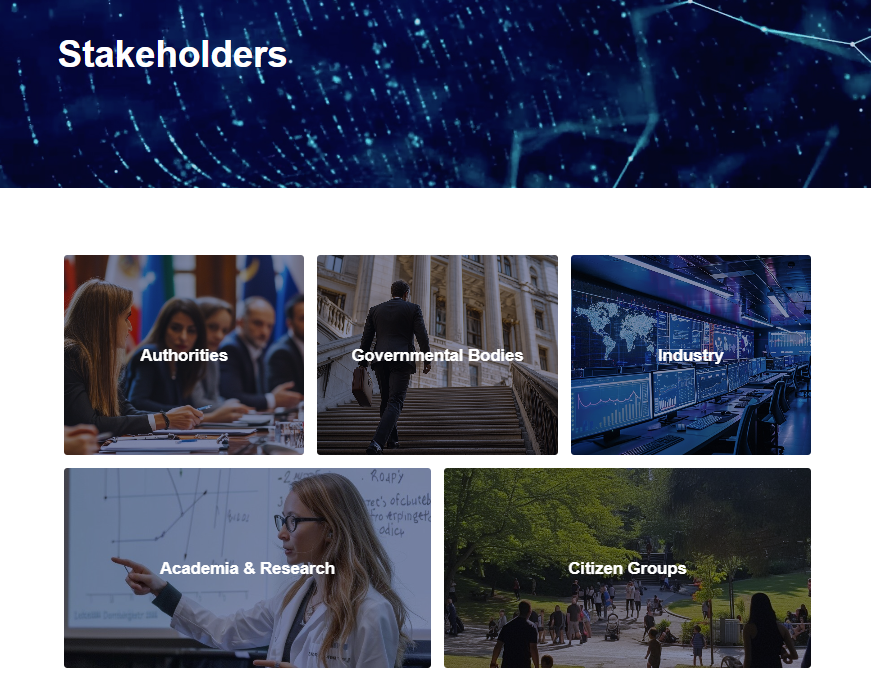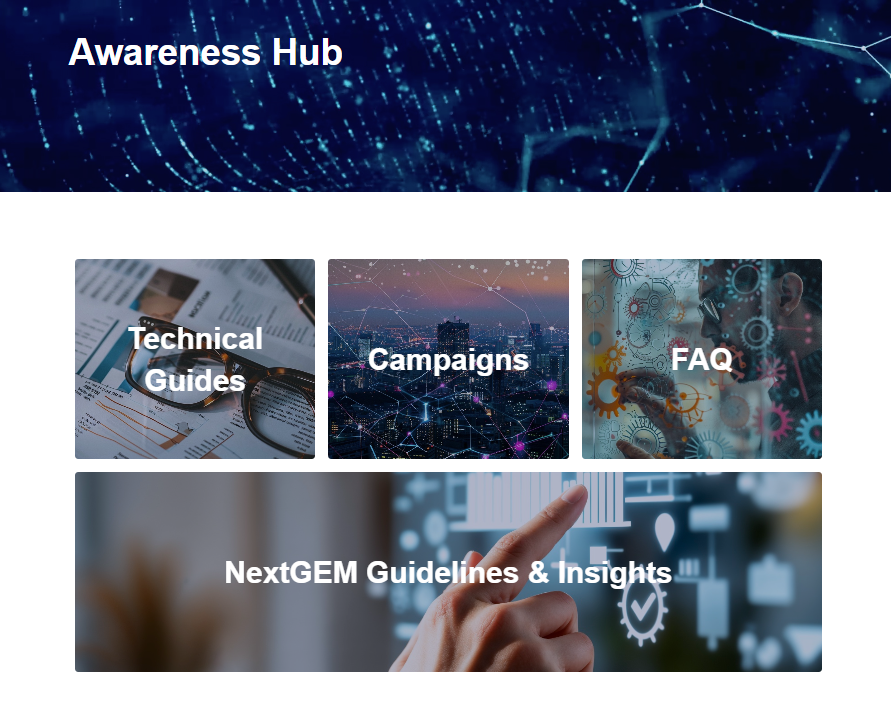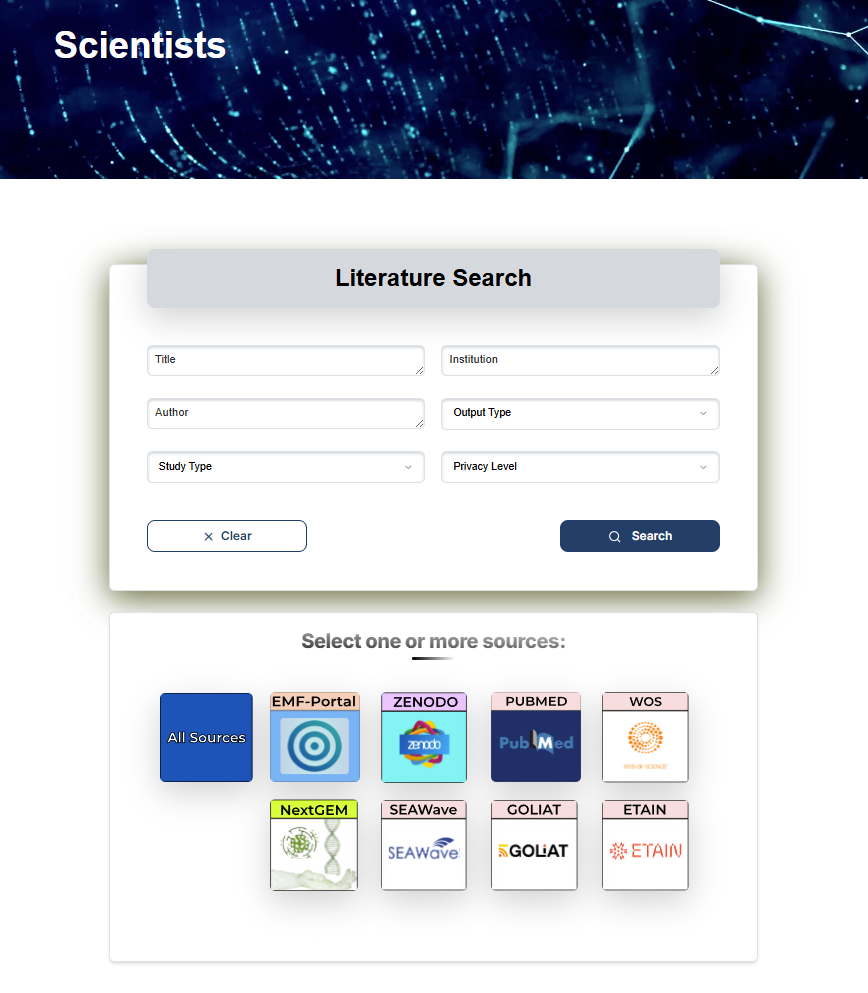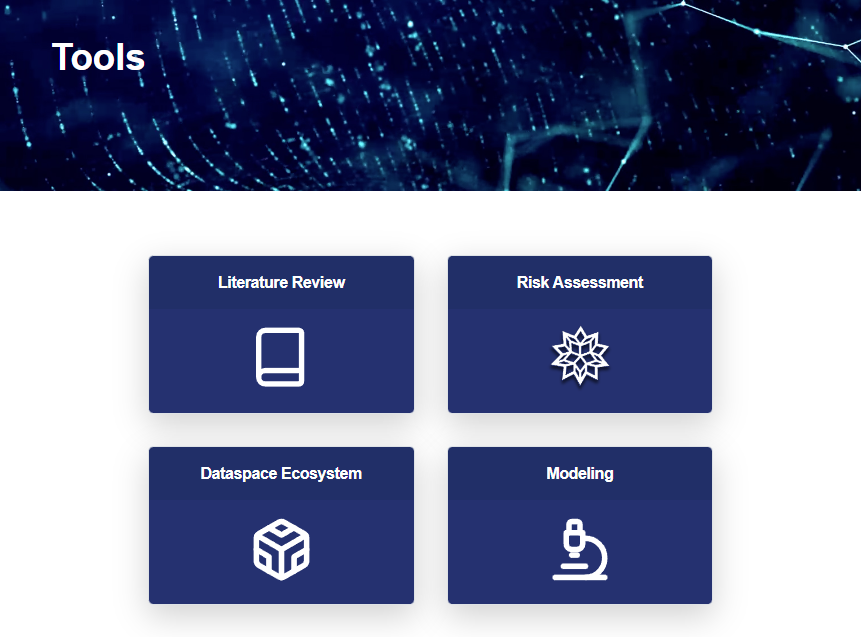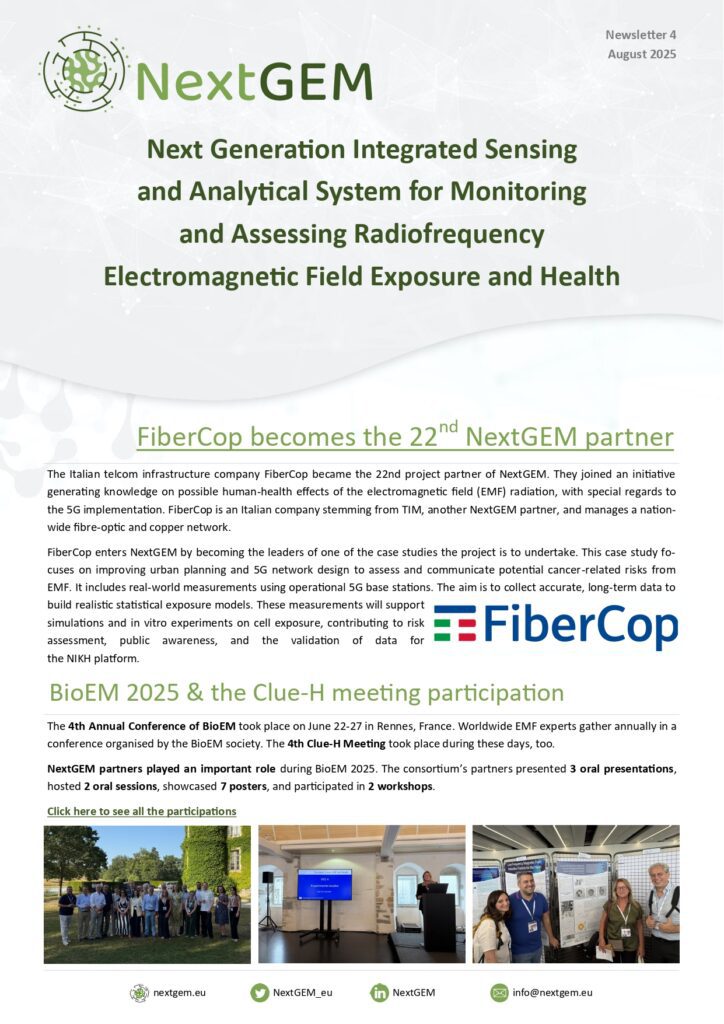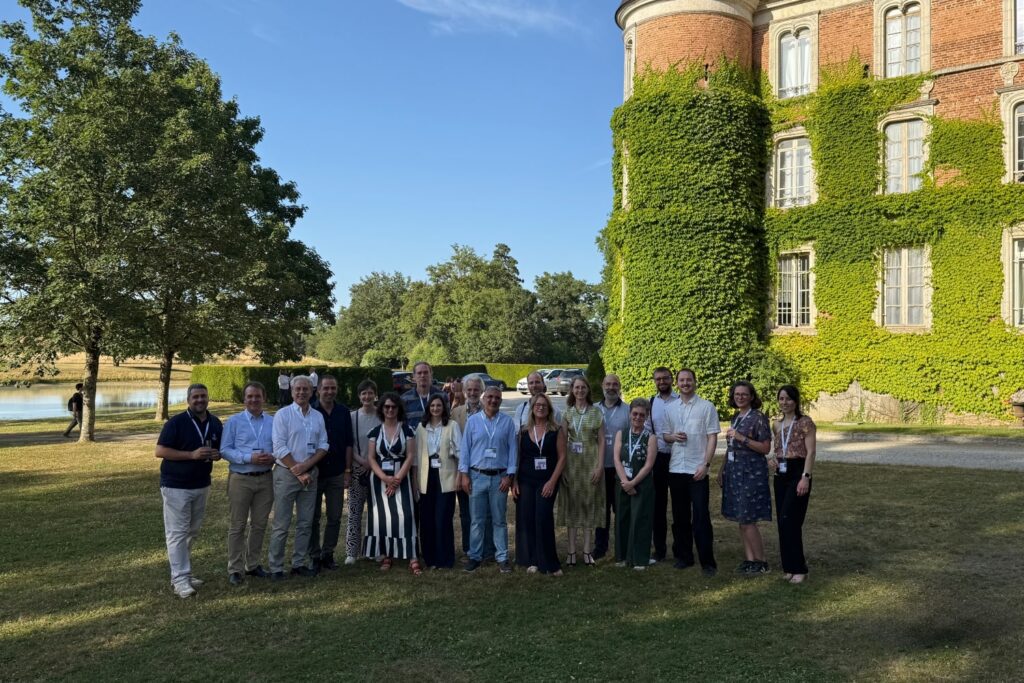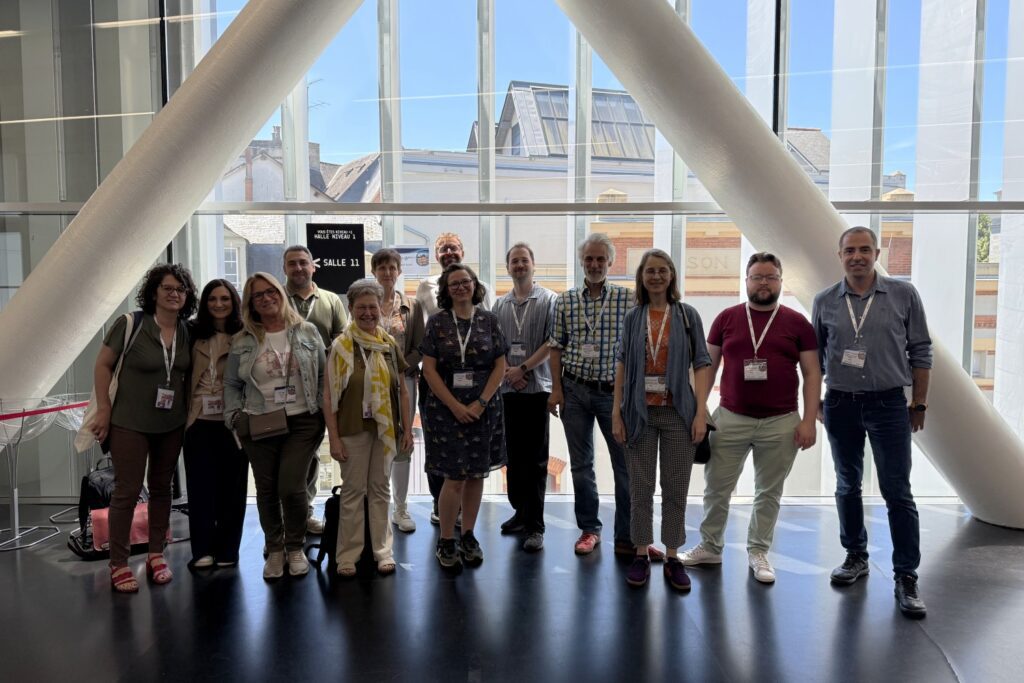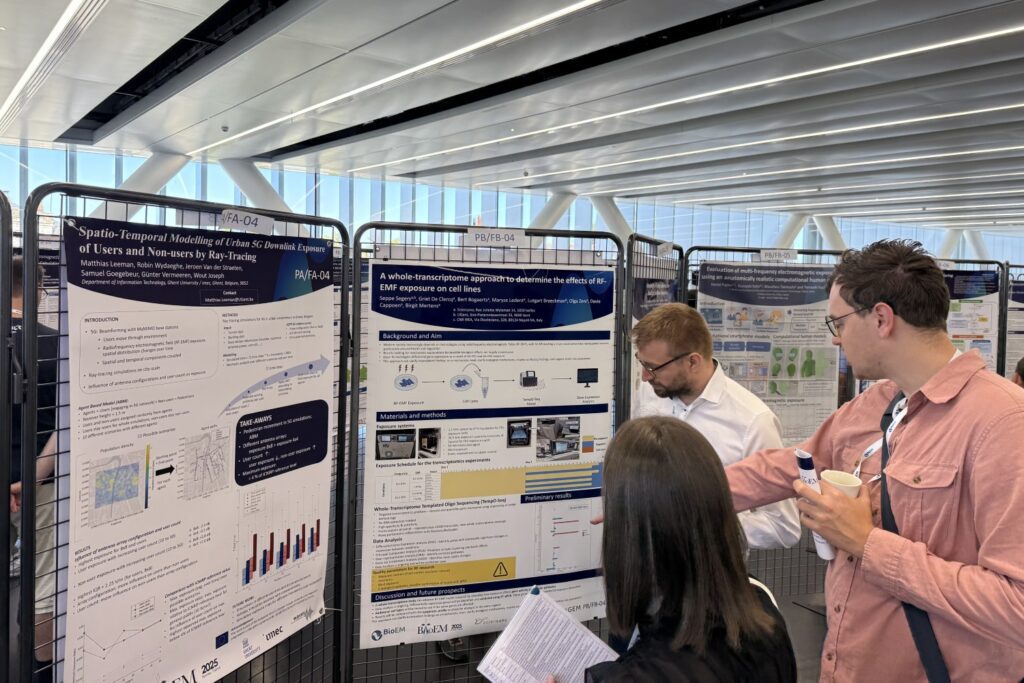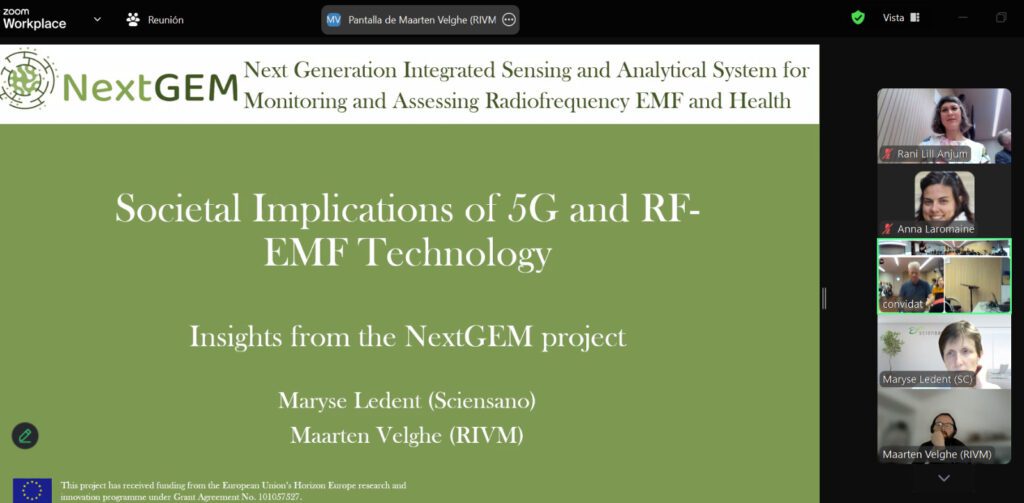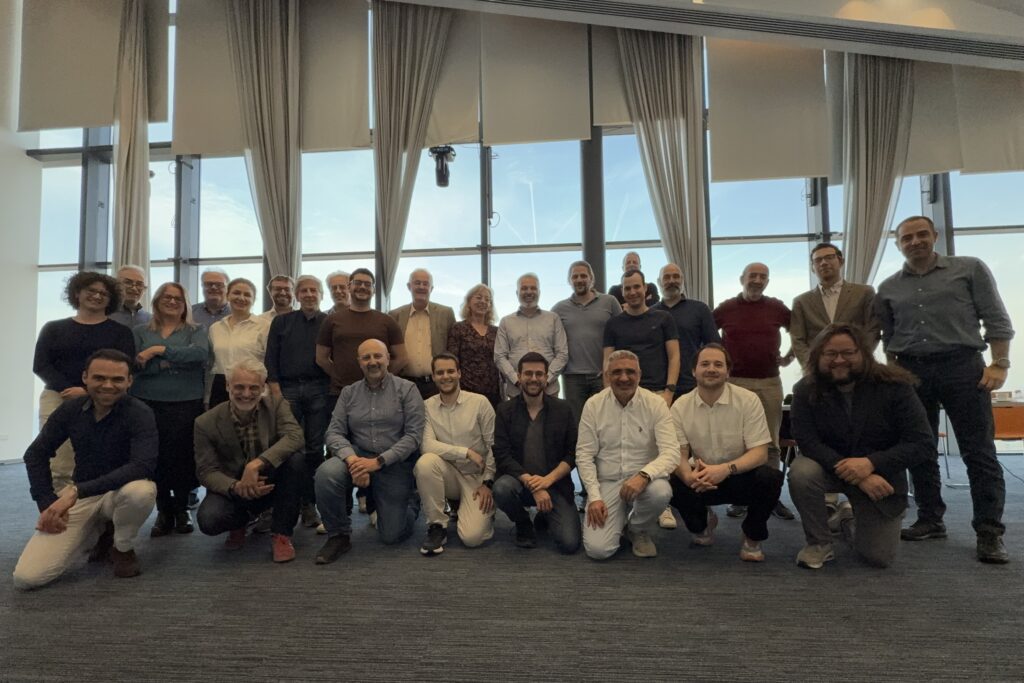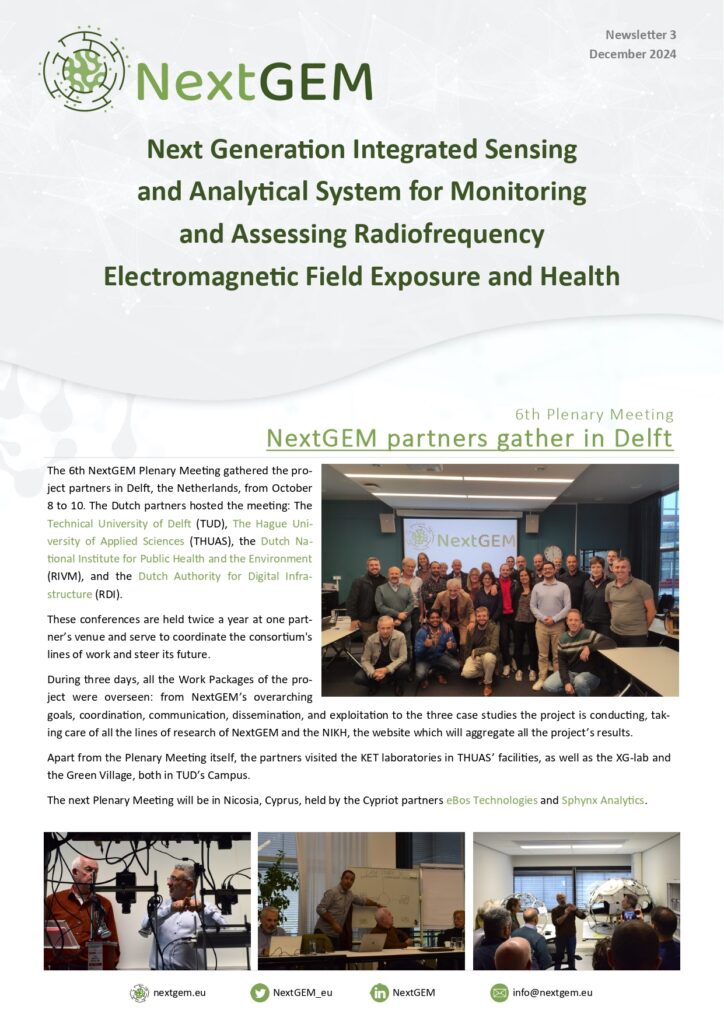NextGEM held its last Project Meeting
NextGEM partners held the 8th Project Meeting in Budapest (Hungary) on 15-16 October 2025. Representatives of all 22 institutions gathered for the last meeting of the project, which is coming to an end this academic year.
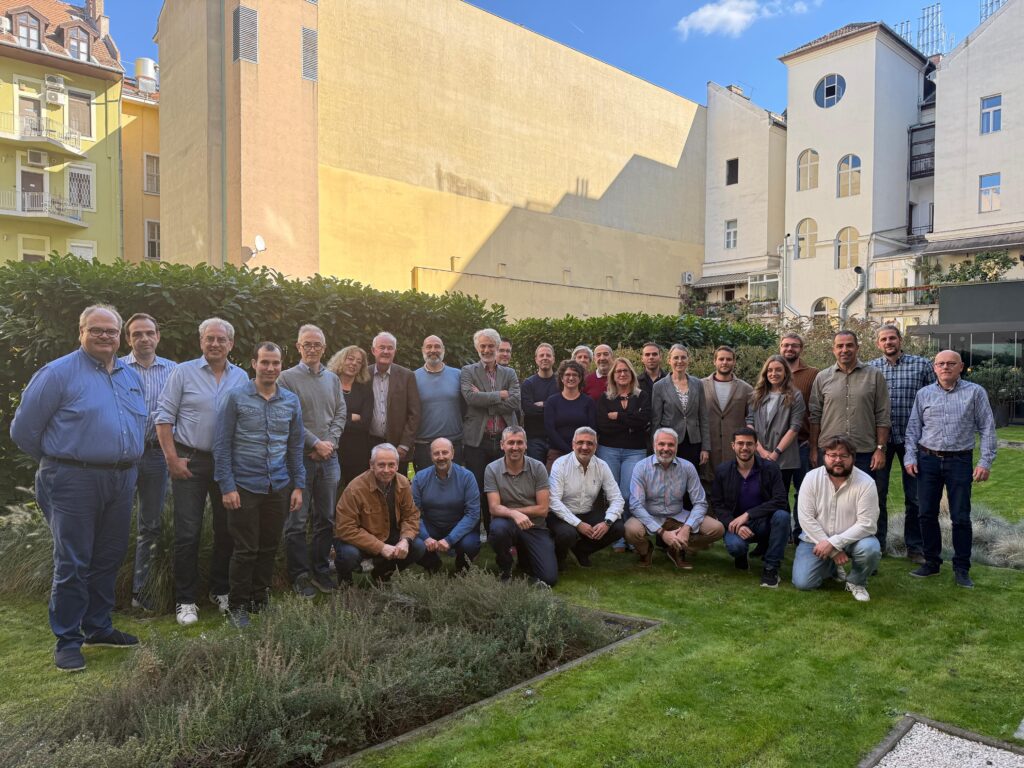
Most of the research lines have finished in the last months or are nearing the end. In this meeting, partners put together the results, most of which are to be used for the last part of the project, the Case Studios, which are:
- Reproductive Health & Vulnerable Populations
- EMF & Cancer Risks in Urban Settings
- Blood Response to EMF in Daily Life
You can check how all research lines stream down to these case studios by clicking this link.
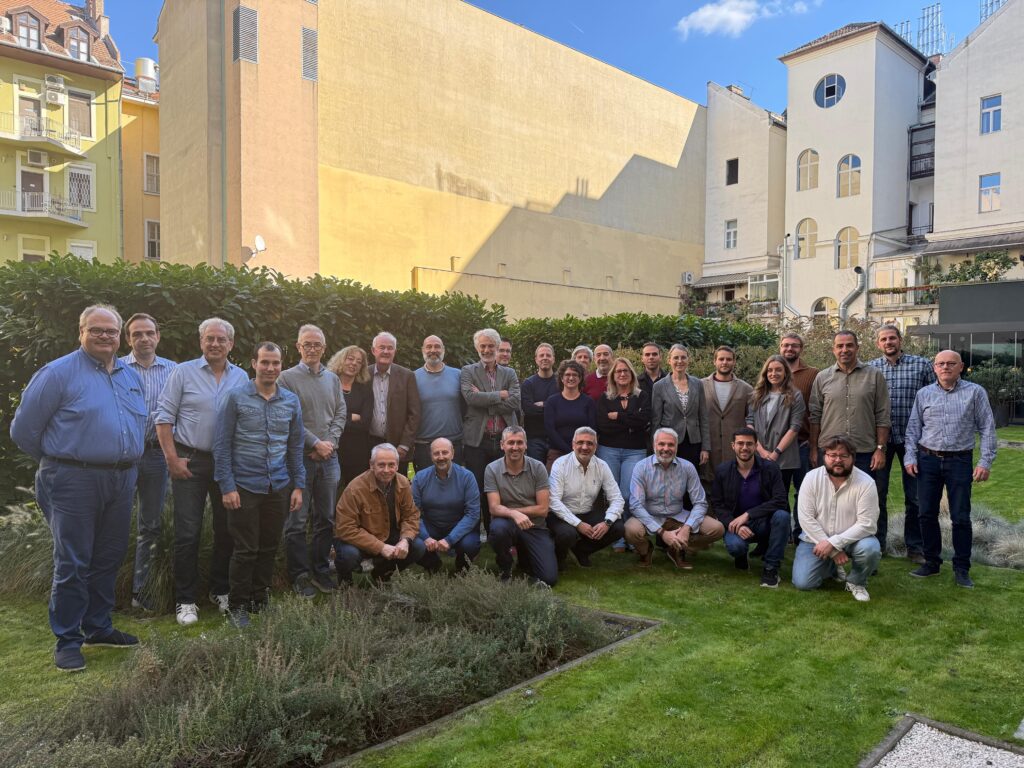
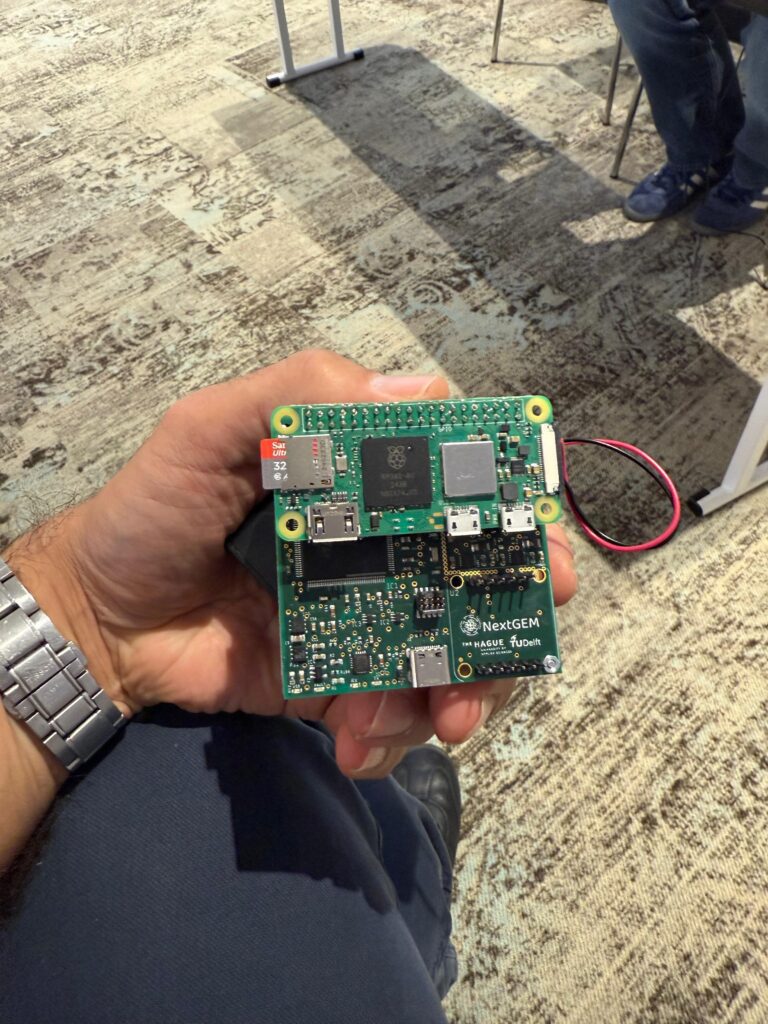
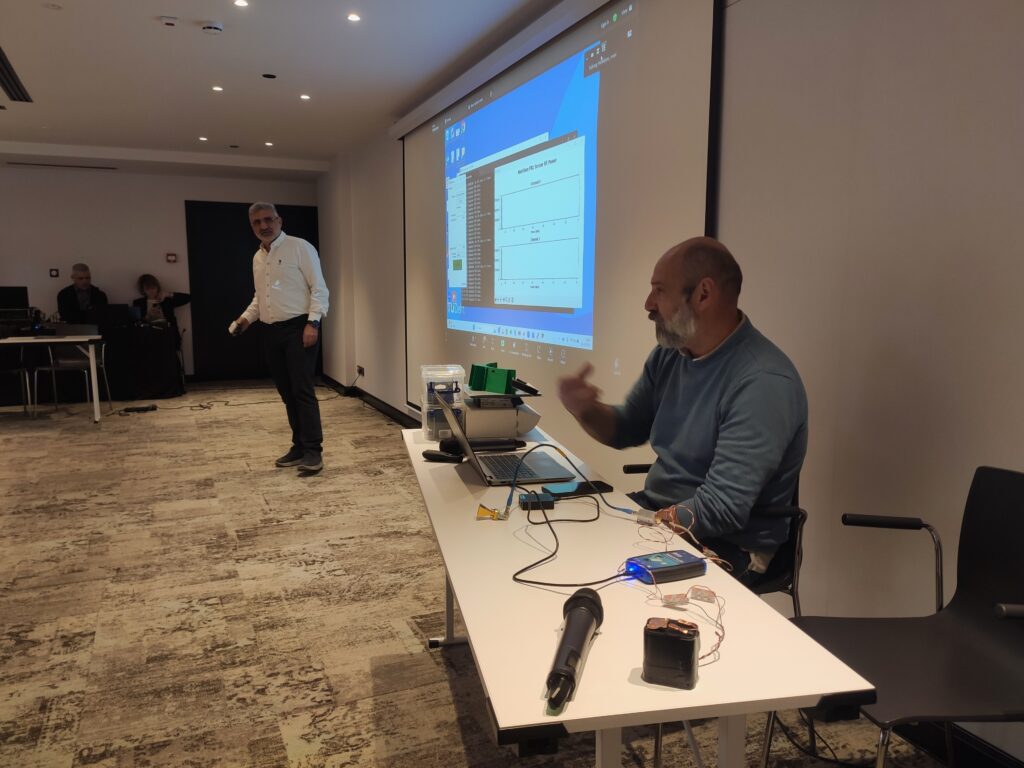
The NIKH portal has been released
Another milestone that was brought to the table was the release of the the NextGEM Innovation and Knowledge Hub (NIKH). The NIKH is designed to provide comprehensive access to scientific knowledge on radiofrequency electromagnetic field (RF-EMF) exposure and its potential impacts on health. It serves as a trusted environment for European regulatory authorities, the scientific community, industry stakeholders, and citizens, offering a standardized way to store, manage, and assess project outcomes, while ensuring compliance with FAIR (Findable, Accessible, Interoperable, Reusable) data principles.
About NextGEM
NextGEM is a four-year EU-funded project aiming to generate relevant knowledge that identifies appropriate control measures for EMF exposure. The project is about to enter its last year and is producing evidence-based insights to inform regulatory decisions on the implementation of the 5G technology, all of which promote confidence in the safety standards governing EMF exposure.
NextGEM is part of the EMF and Health Cluster (Clue-H), a network studying different approaches to the possible effects of EMF on health. This cluster involves four European Consortia (NextGEM, GOLIAT, SeaWave and ETAIN) with additional contributions from scientists outside the EU.
More news
NextGEM held its last Project Meeting Read More »

